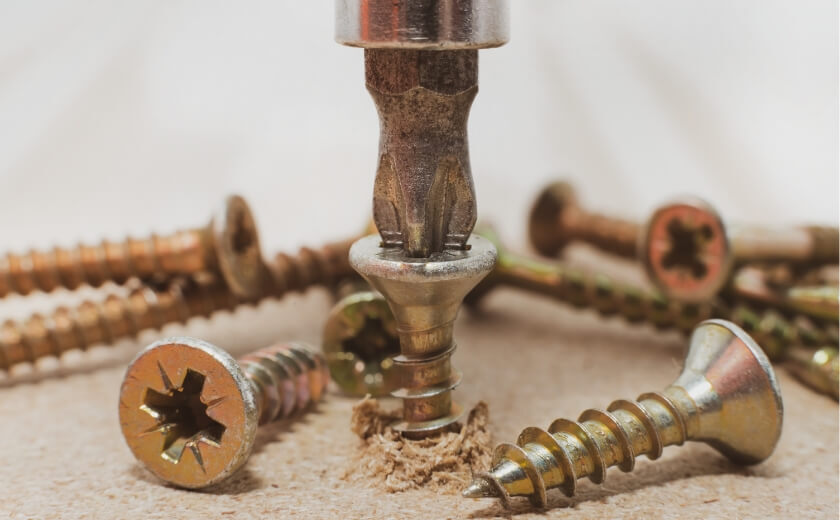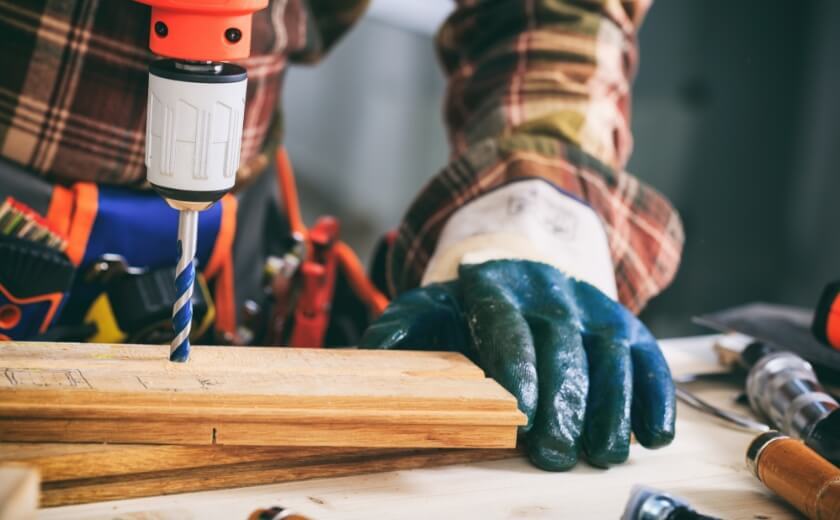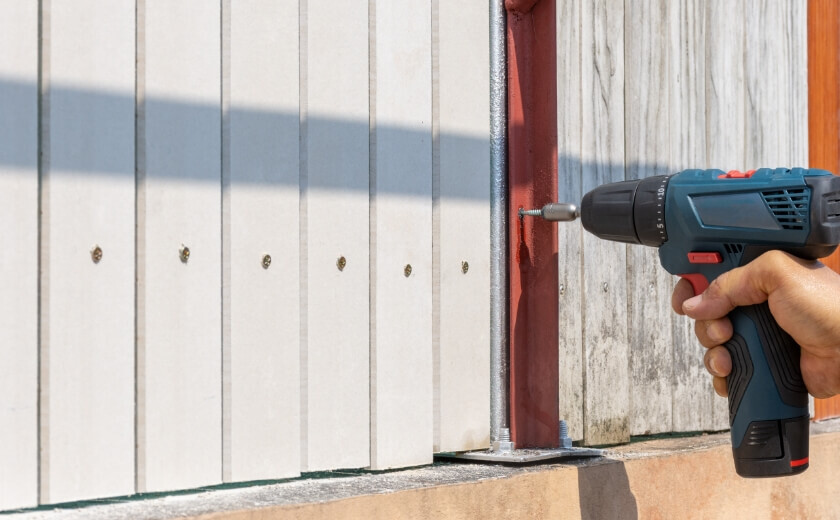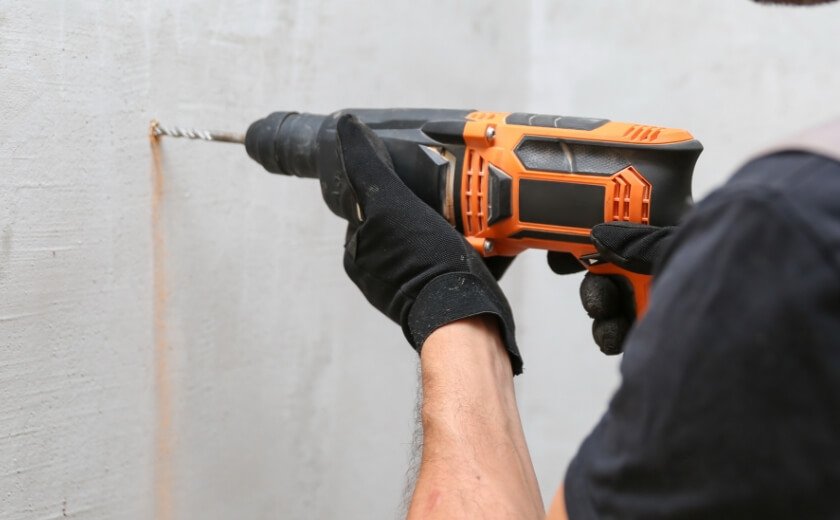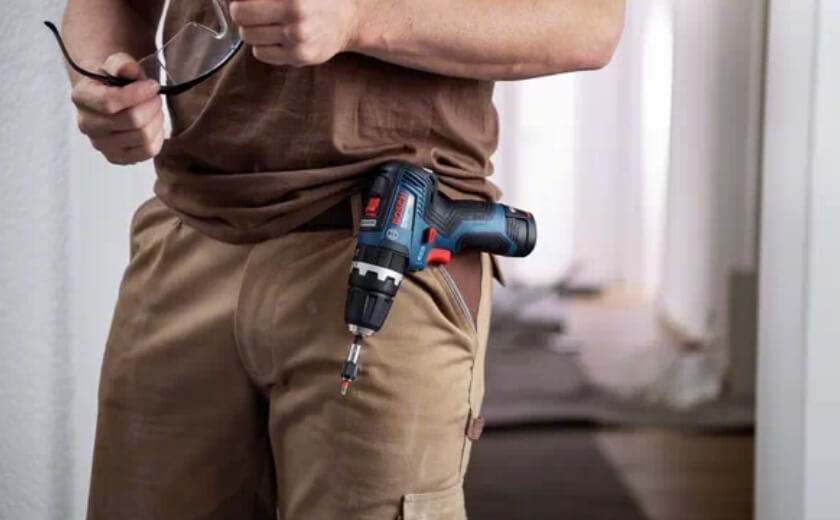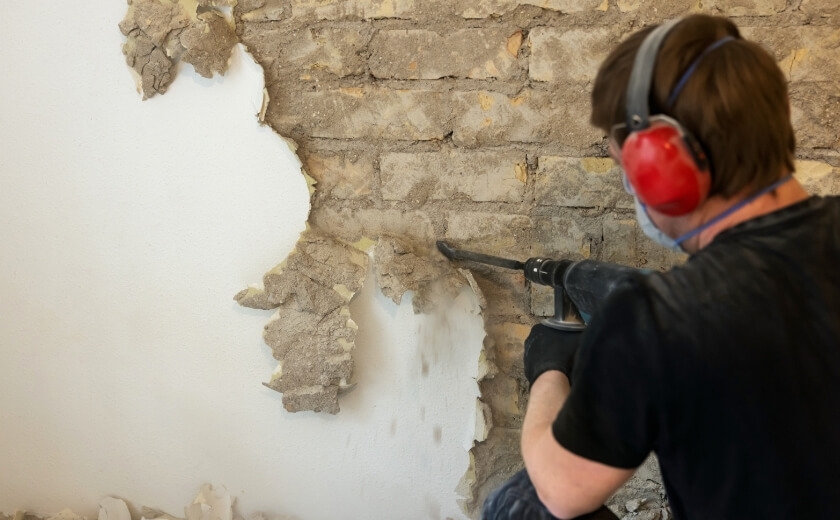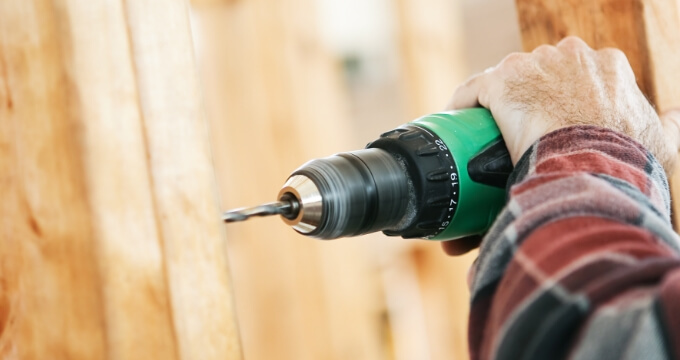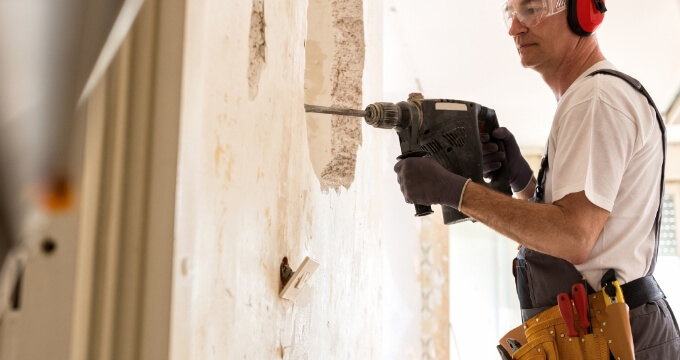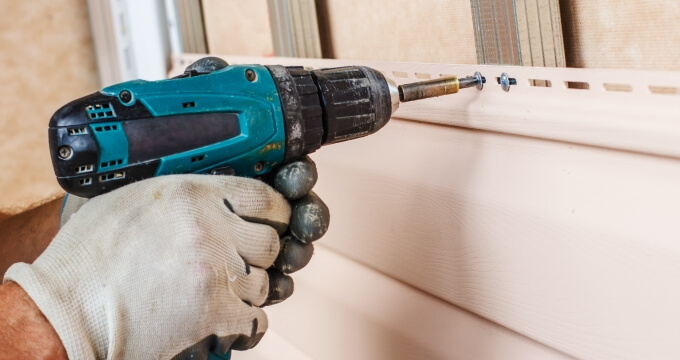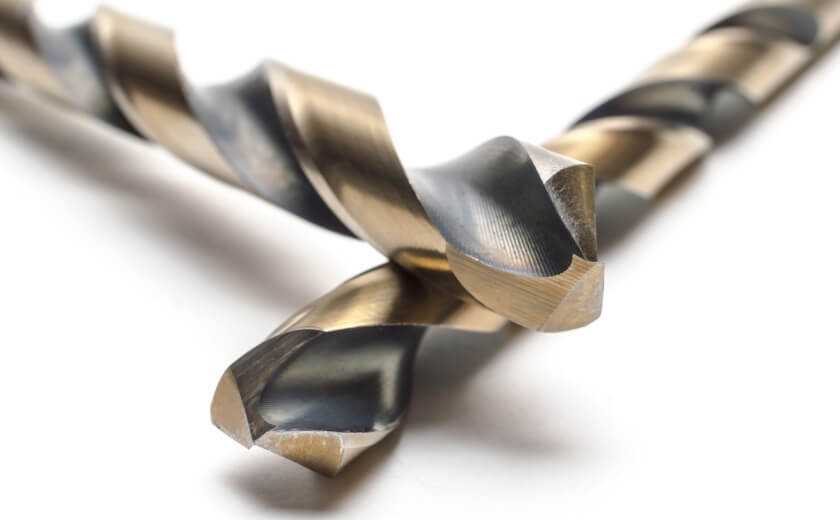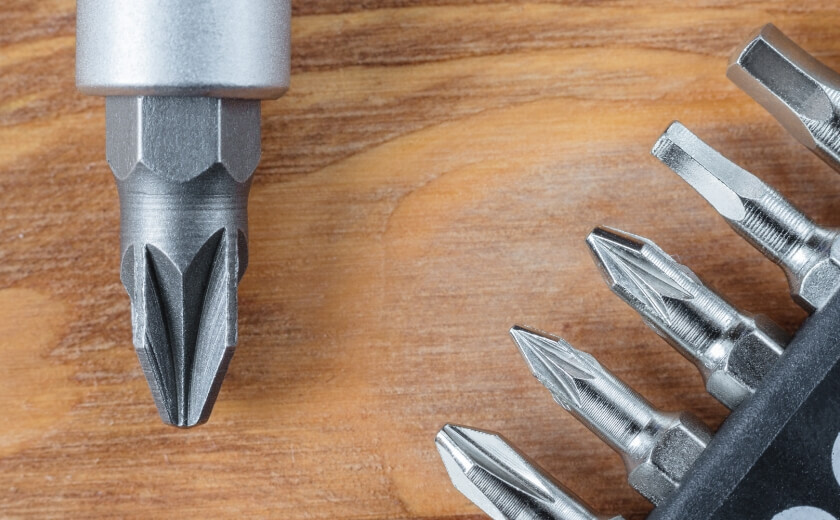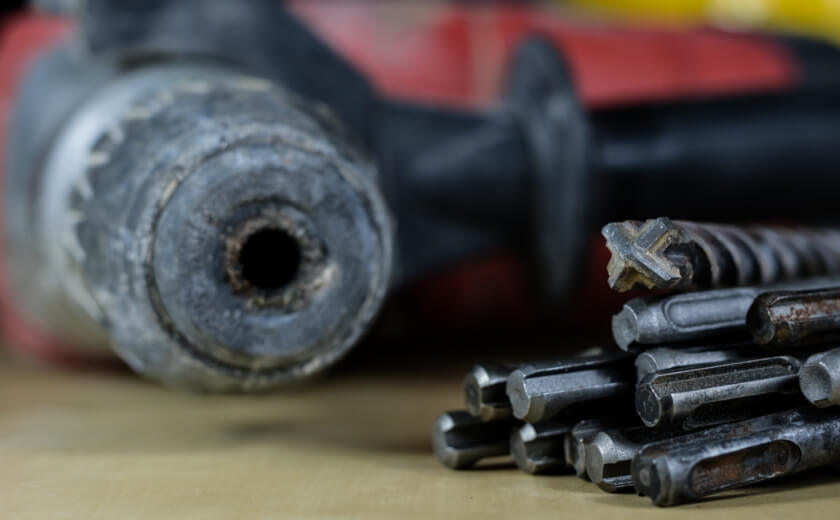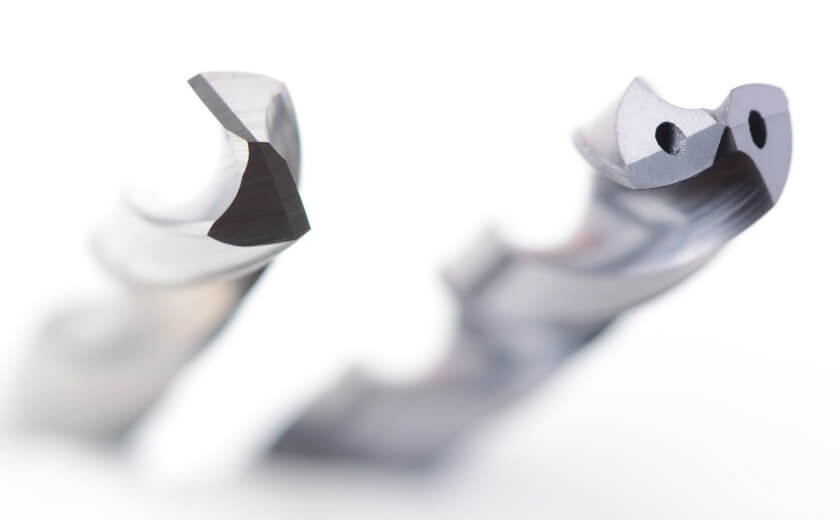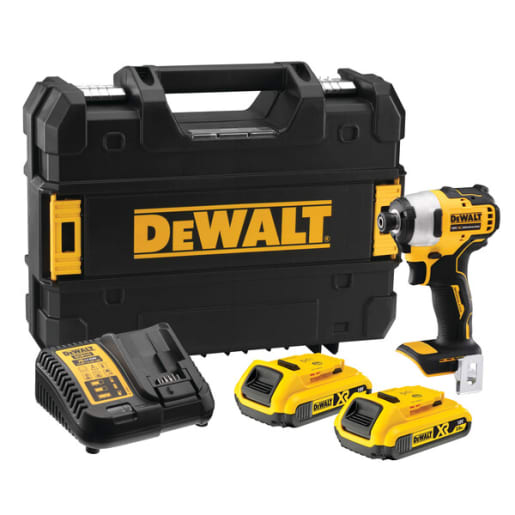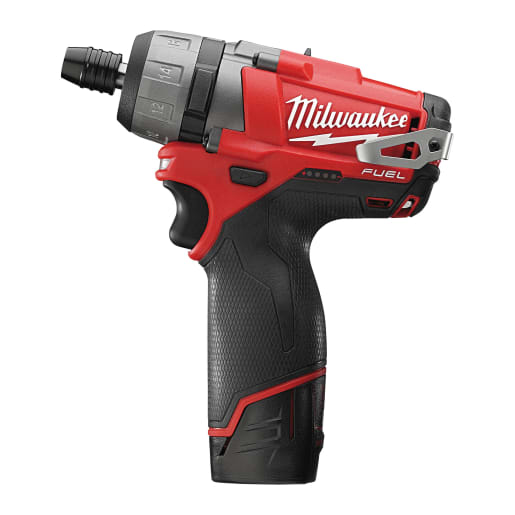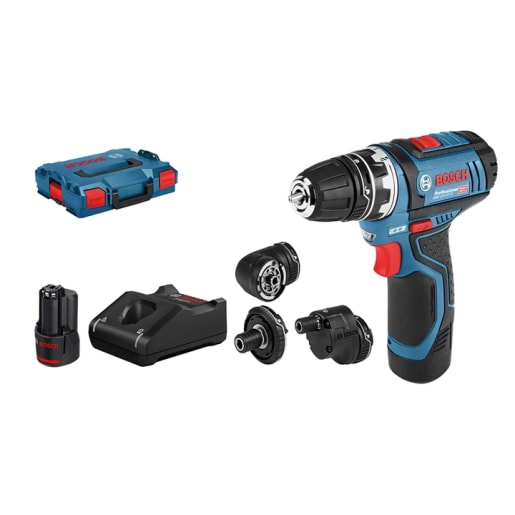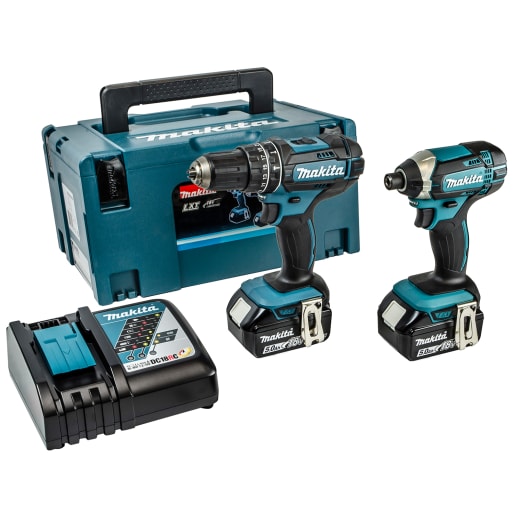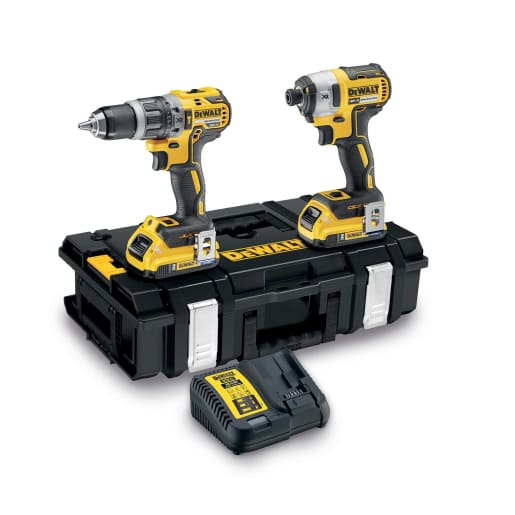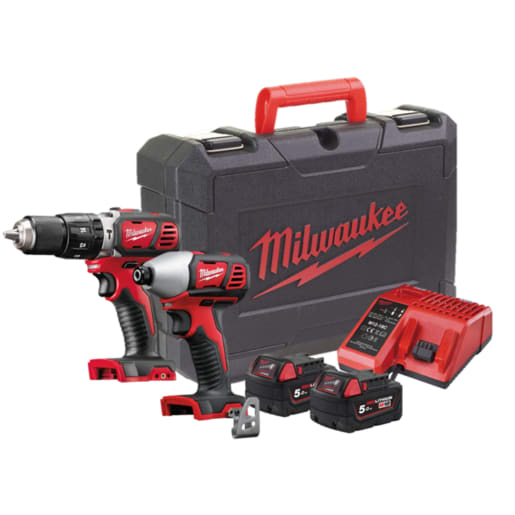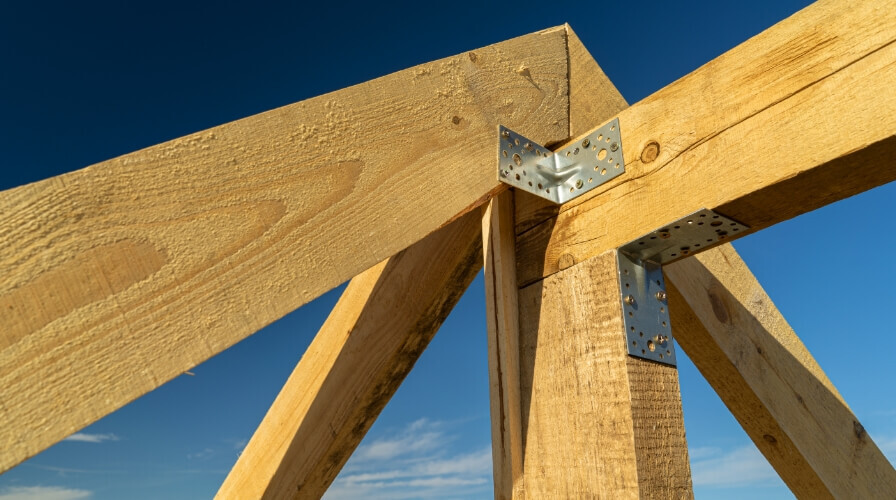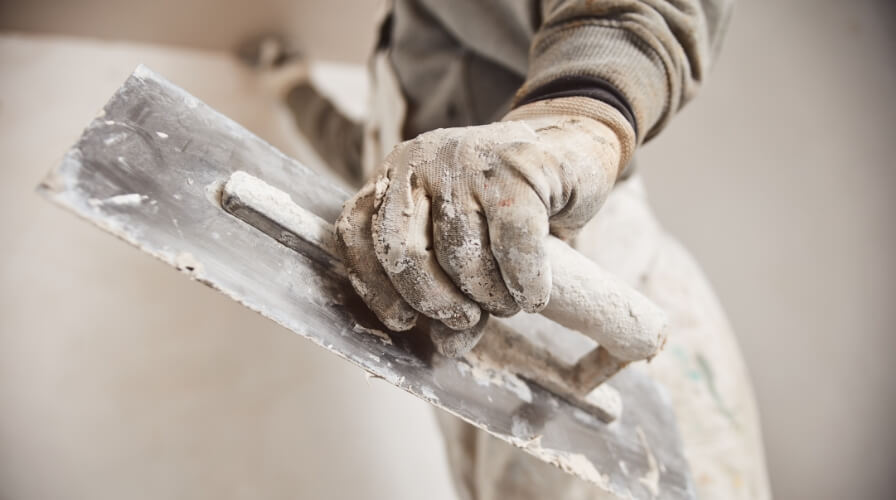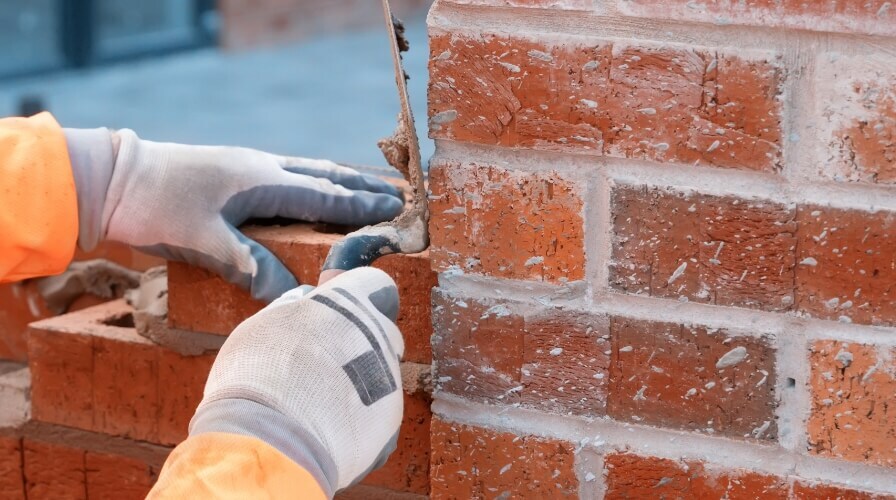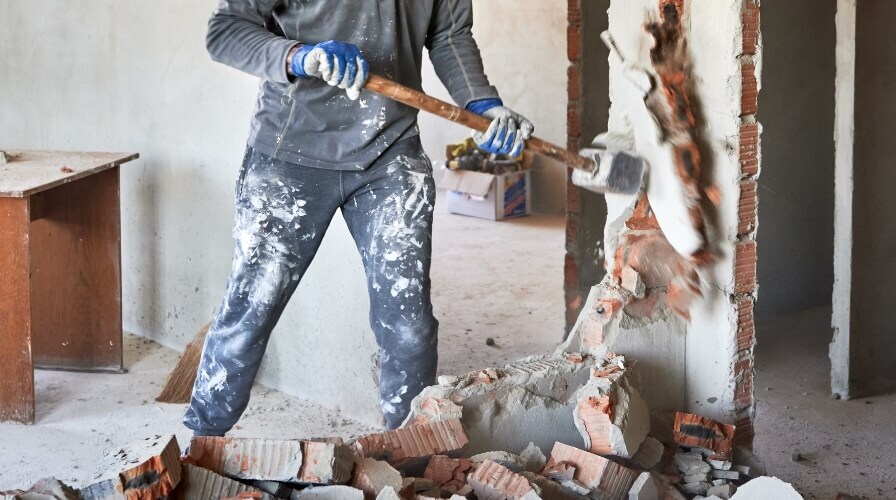Best value drills: What to consider before you buy
Power drills are a toolbox essential for basic DIY tasks and professional projects. It’s also important to have the right drill and drill bit for the job. Whether you are assembling flat-pack furniture or drilling through concrete, you need a drill that works well and will last a long time.
You can find a value-priced drill to help you do many different tasks. A drill might be the most versatile power tool — driving screws, tightening nuts, boring holes, and even chiselling away materials.
Learn about the different types of drills, which drill to buy, and some of the best accessories and features to look out for.
What drill do I need?
It’s important to choose the right drill and drill bit for the job you are doing. Picking the wrong drill bit can break the tool, damage the material you’re drilling into, and make the drill slip. It can even damage the drill’s motor.
Let’s drill down into the different types of drills and the applications they are best suited to.
